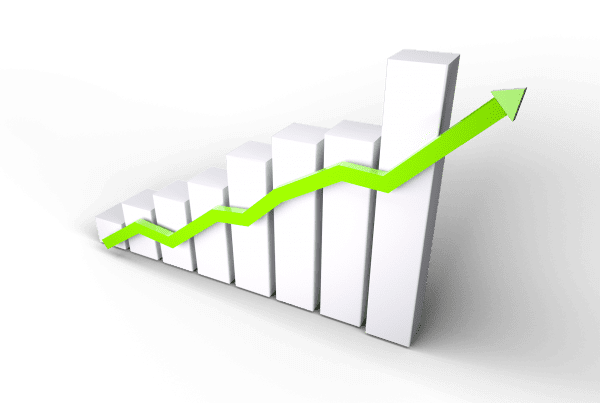
In today’s world, it seems that almost everything is online. If you want to look up or buy something, you simply go to a search engine like Bing or Google, type in your search query, and check out the top few results. But if you own a website, it can be difficult to let people know about it. After all, smaller, newer website always lose out to the web giants. Right?
Well, the fact is that you have control over whether or not people find out about your website. Search engines use complex algorithms and thousands of lines of code to determine the order of results for each and every search. If you know a little about the system, you can use various methods to optimize your website to go straight to the top of web search results. This process is known as search engine optimization, or SEO.
The first step is to use keywords and meta tags.
These are words within your website’s content that act as flags for the search engine. These should be relevant to your website but be the unifying words on each page. Having keywords, as well as meta tags that link to them, helps search engines index your page among the billions of web pages in existence. Once your page is indexed, your chances of making it to the top go up dramatically. Without indexing, search engines will be unable to see you website as one that needs to be linked to a search query.
The second important step is to create clean and detailed pages with original content. The algorithms that search engines use are able to detect whether content is original or if it is just a mirror of another page on the web. Pages with original content are more likely to make it to the top of a web ranking. Having quality content also increases the chances that other webmasters link to your content, which increases your SERP rankings as well. The more “backlinks” your website has, the more likely it is to get picked up by a search engine.



